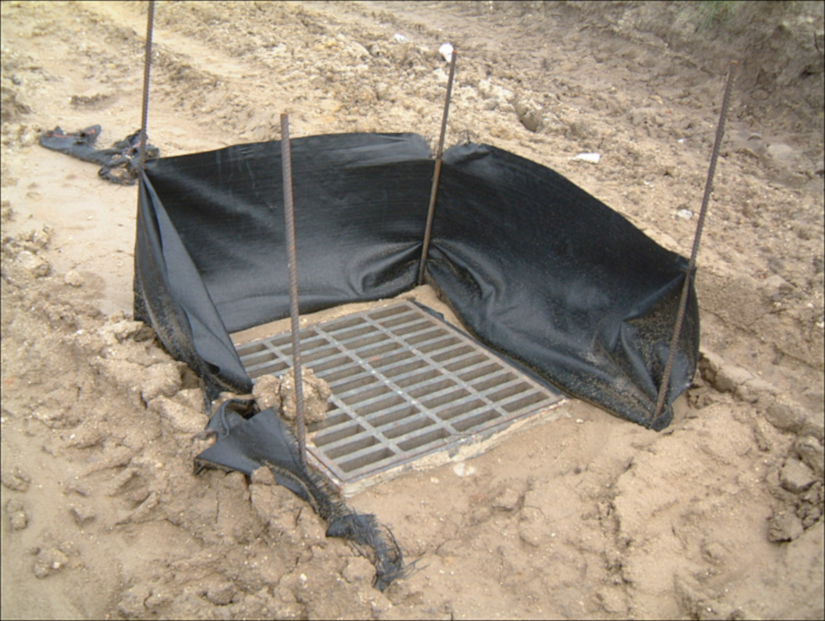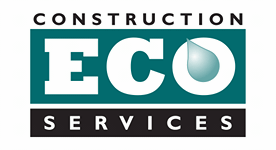Why you shouldn’t use Silt Fence for Inlet Protection
Inlet protection barriers are necessary to filter silt and sediment from stormwater before entering the drainage system. When the wrong BMP is used and fails, not only are you in direct violation of the Clean Water Act, but it often leads to flooding; which can delay construction activity, and cause costly maintenance regimens.
While using silt fence to protect inlets may seem like a viable option, it is a quick fix that often creates more problems during a rain event. Silt fence is designed to hold water back and therefore has a much lower flow rate. This prevents water from adequately draining, and results in flooding around area inlets where it is installed. When water begins to pool around area inlets, site workers generally remove, or puncture the silt fence in an attempt to get the water to drain. By doing this, the inlets are no longer protected, and silt and sediment begin flowing into the storm drain putting the jobsite out of compliance.
In the picture below you can see the silt fence is no longer adequately protecting the inlet. Due to constant construction traffic, this particular type of installation will fail several more times over the course of a project, putting the contractor at risk of costly fines each time. Even if flooding isn’t an issue, the constant upkeep of these types of installations will end up costing more in the long run.

Cheap BMP’s are appealing at first glance, however, installing the correct BMP in the beginning is not only more cost effective through the life of the project; it is also more capable of keeping a jobsite in compliance.
An under the grate, Inlet Protection Barrier (IPB) would be the best solution. These sacks are made of a permeable geotextile that captures silt, sediment, and floatables, but allows water to pass through. This type of IPB is also unobtrusive, which can help prevent workers from damaging it and thus putting a site out of compliance.
You can save yourself a lot of time, money, and frustration by simply choosing a higher quality BMP that is right for the job. While the upfront cost may be more, the cost savings will be evident over the life of the project by not having to consistently replace the BMP.











